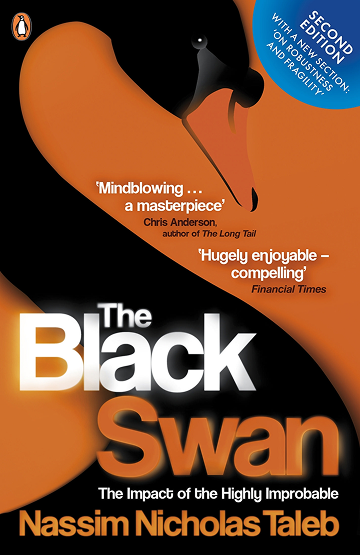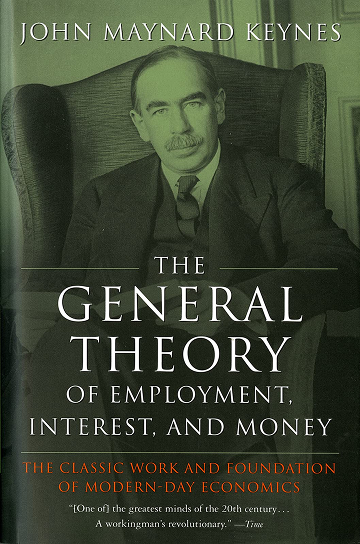Shapoor Mistry Net Worth, Biography and Key Insights



Shapoor Mistry’s Profile Summary
|
Company
|
Shapoorji Pallonji Group |
|---|---|
|
Position
|
Chairman |
|
Source of wealth
|
Construction, Real Estate, and Tata Sons Stake |
|
Also known as
|
Shapoor Mistry |
|
Age
|
61 |
|
Education
|
Imperial College London |
|
Citizenship
|
Ireland |
|
Residence
|
Mumbai, India |
|
Family
|
Married, two children |
|
Website, Social Media
|
Shapoor Mistry’s biography
Shapoor Mistry is an Indian billionaire industrialist and the chairman of the Shapoorji Pallonji Group, a diversified business conglomerate with operations across construction, real estate, infrastructure, and textiles. Born in 1964, Shapoor is the eldest son of Pallonji Mistry, the late patriarch of the family and a prominent figure in Indian business. The Shapoorji Pallonji Group, founded in 1865, has grown into one of India's largest privately-owned business empires.Shapoor Mistry took over the reins of the group from his father in 2004 and has since led the company’s expansion into new sectors, including renewable energy, water purification, and defense. One of the group's flagship projects includes building some of India’s iconic landmarks, such as the Reserve Bank of India building and the Oman’s Royal Palace.
Shapoor is also known for his family’s significant stake in Tata Sons, the holding company of the Tata Group, one of India’s largest conglomerates. The Mistry family owns an 18.37% stake in Tata Sons, making them the single largest shareholder outside the Tata family. Shapoor Mistry played a key role in navigating the complex relationship between the Shapoorji Pallonji Group and Tata Group, particularly during the high-profile corporate dispute with Ratan Tata.
In addition to his business ventures, Shapoor Mistry is involved in several philanthropic initiatives through the Shapoorji Pallonji Foundation, focusing on education, healthcare, and community development.
-
How did Shapoor Mistry make money?
Shapoor Mistry’s wealth primarily comes from his leadership in the Shapoorji Pallonji Group and the family’s 18.37% stake in Tata Sons, the holding company of the Tata Group. The business empire dates back to 1865, with its early ventures focused on construction and infrastructure projects. The company made a name for itself by building some of India’s most iconic structures, such as Mumbai’s Taj Mahal Palace Hotel and Bank of India building.
Under Shapoor’s leadership, the group expanded into real estate, infrastructure, water purification, solar energy, and defense. He has been instrumental in steering the company’s operations in India, the Middle East, and Africa, securing large contracts in sectors like oil and gas, ports, and power generation.
One of the most significant contributors to his wealth is the Mistry family’s multi-billion-dollar stake in Tata Sons. The family became the largest non-Tata shareholder in Tata Sons after Pallonji Mistry invested in the group during the early 20th century. This ownership has generated substantial dividends and capital appreciation over the decades. However, Shapoor has faced challenges in managing the relationship with Tata Group, including legal disputes over his family’s role in the conglomerate’s governance.
The Shapoorji Pallonji Group, under Shapoor Mistry’s guidance, has diversified its portfolio with major real estate developments, industrial projects, and engineering solutions, solidifying its position as one of India’s most prominent business conglomerates. -
What is Shapoor Mistry net worth?
As of 2025, Shapoor Mistry’s net worth is estimated to be $8.0 B.
What is Shapoor Mistry also known as?
Shapoor Mistry is best known as the chairman of Shapoorji Pallonji Group and the largest individual shareholder in Tata Sons. He is a key figure in Indian business and has been involved in multiple industries, from construction to renewable energy.Prominent achievements of Shapoor Mistry
Shapoor Mistry has transformed the Shapoorji Pallonji Group into a global powerhouse across multiple industries, including real estate, infrastructure, and engineering. His leadership has resulted in major international projects and innovative solutions in construction and renewable energy. The family’s strategic stake in Tata Sons has also made them a key player in the Indian economy.What are Shapoor Mistry’s key insights?
Shapoor Mistry believes in long-term value creation through sustainable business practices. He emphasizes corporate governance, diversification, and innovation in growing business ventures. He also values philanthropy and social responsibility, ensuring that business success contributes to community development.
Shapoor Mistry’s personal life
Shapoor Mistry is married to Behroze Sethna, and the couple has two children. He is part of the wealthy and influential Mistry family, which has played a significant role in India’s business landscape for over a century. His brother, Cyrus Mistry, was the former chairman of Tata Sons before his untimely demise in 2022.
Useful insights
Understanding market forces
In my experience, to truly succeed as an investor, it’s essential to understand the driving forces behind market behavior. Market movements aren’t random—they’re influenced by a range of economic theories and dynamics. The following books provide valuable insights into these forces, offering a deeper understanding of how global financial markets operate and what shapes their trends.
-
Nassim Nicholas Taleb – "The Black Swan"

-
Summary:
Taleb explores the concept of rare, unpredictable events—so-called "Black Swans"—that can have massive impacts on markets and society. These events are often overlooked by traditional risk management models, leading to devastating consequences when they occur. Taleb illustrates how these unpredictable shocks shape our world, often more than gradual, expected changes.
-
Why read it:
This book challenges conventional thinking about risk and uncertainty, showing that many major historical and financial events were "Black Swans." It's a vital read for investors who want to build resilience in the face of market volatility.
-
-
John Maynard Keynes – "The General Theory of Employment, Interest, and Money"

-
Summary:
Keynes revolutionized economics by focusing on total demand within an economy and its effect on output and inflation. His theory suggested that government intervention could stabilize economic cycles through fiscal and monetary policy. The book also explains the consequences of under-consumption and the role of interest rates in managing economic stability.
-
Why read it:
For investors interested in macroeconomic trends and policy impacts, Keynes’ work is essential. Understanding the Keynesian framework can help investors predict how government actions might influence market performance.
-
Other profiles in category
Popular Financial Guides
Latest Financial News

EUR/USD price slips below $1.165 as U.S. tariffs and Fed outlook pressure euro

Ark Invest takes profits as Coinbase market cap tops $100 billion































































































































